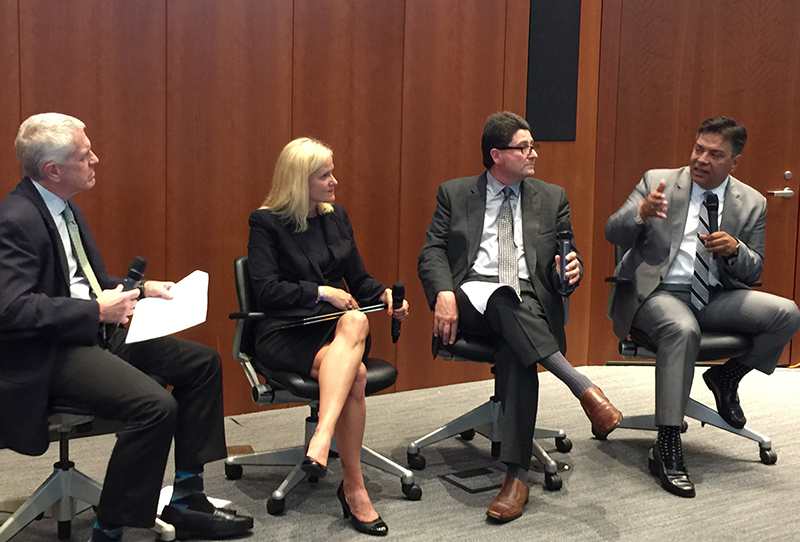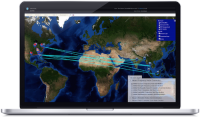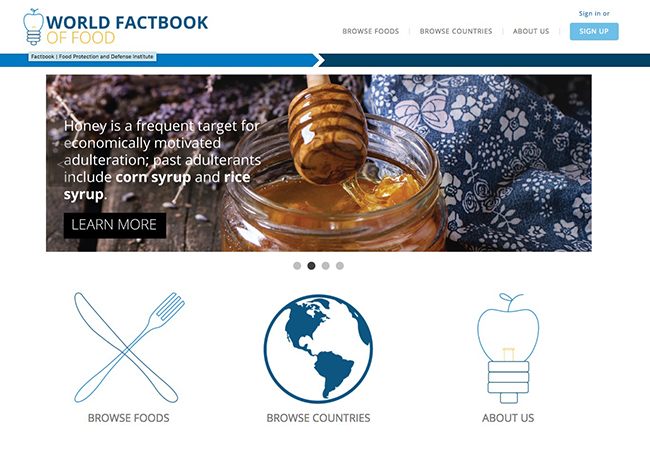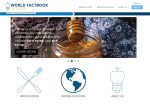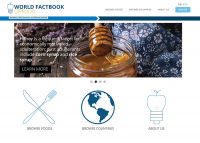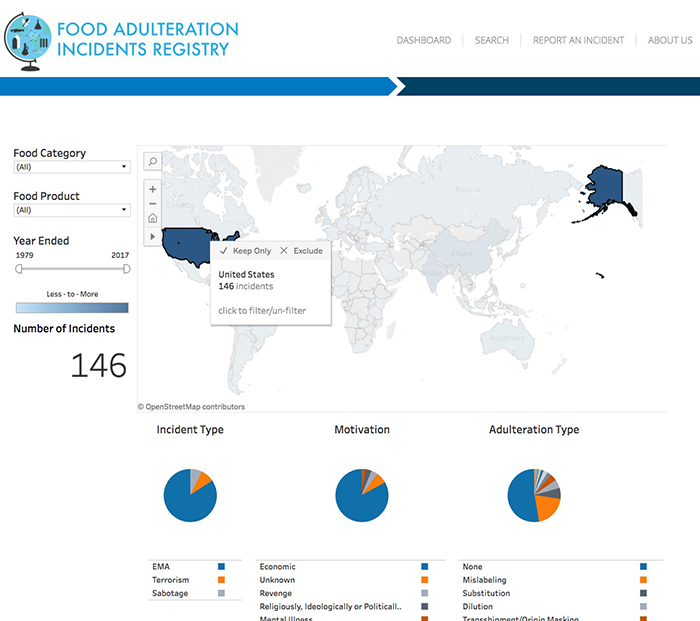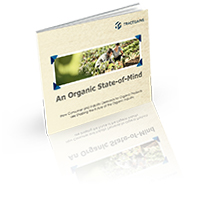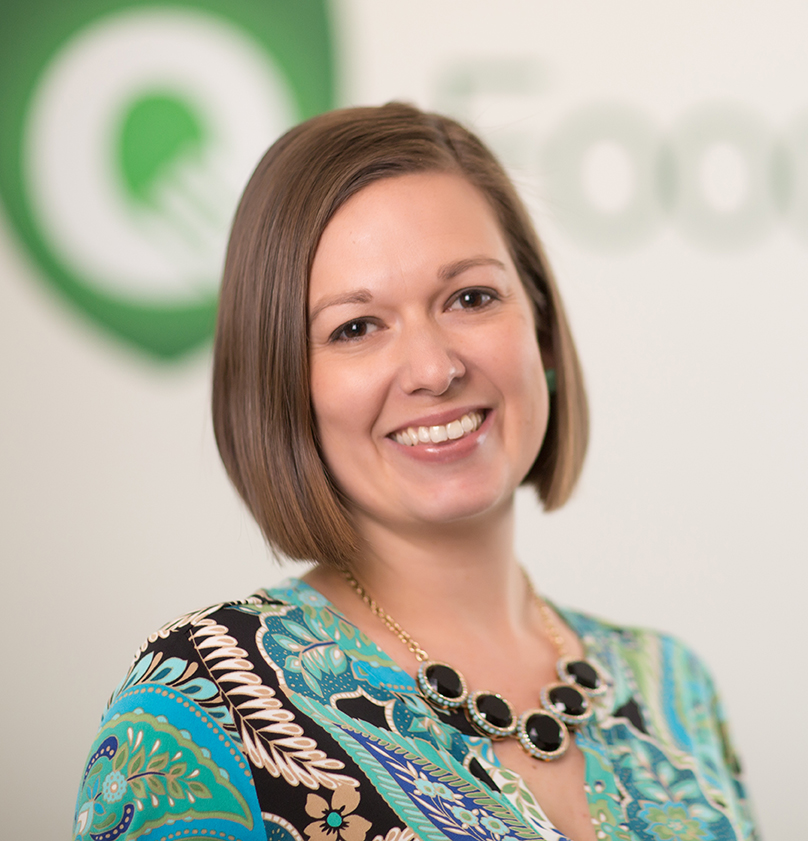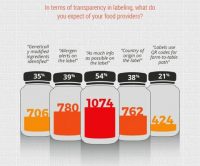It’s nearly 2019: Do you know where your allergen control plan is? The need for food manufacturers to have a clearly defined allergen control plan in place has never been more essential. Today, as food allergies are a growing health problem around the world to both children and adults, control measures to prevent food allergenic reactions simply must be established and enforced within the food manufacturing environment.
How did we arrive here? After all, it wasn’t that long ago that the approach to prevent an allergic reaction caused by a particular food relied on avoidance of the consumption of that food by reading product labels. Allergic individuals would merely rely on the information provided on the label to determine whether the ingredients include a food that may be a source of a potential allergen.
That approach started to become more stringent in January 2006 when the Food Allergen Labeling and Consumer Protection Act (FALCPA) took effect in the United States. The law requires that food labels specifically and clearly declare the presence of what is commonly referred to as the Big 8 Food Allergens: Milk, egg, fish, crustacean shellfish, tree nuts, peanuts, wheat and soy. (Outside the United States, the European Union, Canada, New Zealand, Japan and other countries have similar requirements for these and other known food allergens.) Despite U.S. law now requiring the declaration of allergens on food labels, estimates of food recalls due to mislabeling is at more than 40% in the United States—alarming evidence for the need for a strong and structured allergen control plan. According to the USDA, the number of recalls due to undeclared allergens and ingredients considered a public concern increased from 13% in 2008 to 35% in 2012. The most common causes of recalls stem from changes in product formulation, changes in supplier’s ingredient formulation, regulatory inspections or consumer complaints.
So, what should today’s food manufacturers do? They must declare any allergens in their food to consumers, and they should follow Good Manufacturing Practices (GMP) and keep ingredients segregated within the plant. However, with increased food demand, this is more challenging than ever. As more food and food varieties are produced, the practice of sharing lines for allergen-containing and allergen-free foods is now commonplace. If a company shares production lines within its plant, then it needs to take steps to minimize the risk of cross contact and the unintentional addition of allergens during food production.
The FSMA final rule for Preventive Controls for Human Foods requires facilities to have a food safety plan in place that should consider a risk-based analysis of hazards and preventive controls to minimize or eliminate chemical, physical and biological hazards in the food supply chain. Within these preventive controls, food allergen controls should be in place as written and implemented procedures to control cross contact and ensure proper labeling.
For food and beverage manufacturers looking to establish a food allergen control plan, there are three key steps:
- Risk Assessment: Is there a chance that unintentional allergens could be present in the food or manufacturing equipment in your plant? Risk assessment involves a hazard analysis by a multifunctional team that includes members from such departments as manufacturing, quality, food safety, sanitation, research and development, and regulatory compliance. Risk assessment helps identify potential sources of food allergens and maps their path through each step of the manufacturing process. Once the path is identified, controls can be put in place in target areas such as reception and storage, scheduling of production runs, variations in production, equipment design and supply and cleaning materials. It is important to periodically review and reassess your risk assessment as new products, formulation changes or vendor changes may change production conditions.
- Risk Management: Now that risks have been identified, they need to be managed. The key to successful risk management is developing work instructions and standard operating procedures that control the possibility of unintentional allergen contamination. These procedures and instructions include quality requirements for vendors’ ingredients, segregation, production controls, manufacturing scheduling, equipment and plant design, as well as cleaning and sanitation procedures. It is important to validate that these procedures and practices are effective using a science-based approach. In addition, these activities should be routinely reviewed and evaluated for effectiveness. A successful allergen control plan relies on continuous training, clear explanation of procedures and documentation of the existence and effectiveness of the plan.
- Risk Communication: The next step after assessment and management is communication. If you have an allergenic food in your plant that could be unintentionally found in the finished food product, it is essential that this information appears on the food label. Risk assessment can help define the nature of the potential allergen. Is the final product manufactured from ingredients that contain allergens or is it manufactured on equipment that is in direct contact with allergenic ingredients? This analysis can ensure proper labeling, either in the food ingredients or as a precautionary allergen label (PAL).Ultimately, it is important to remember that food allergen control plans require management commitment to succeed. Continual communication and training increase the safety of manufactured products. Allergen control is but one of the many efforts to prevent and minimize foodborne illness in humans, but the development of and adherence to an effective allergen control plan will go far in protecting allergic consumers and reducing the food manufacturer’s risk to reputational and recall costs.











